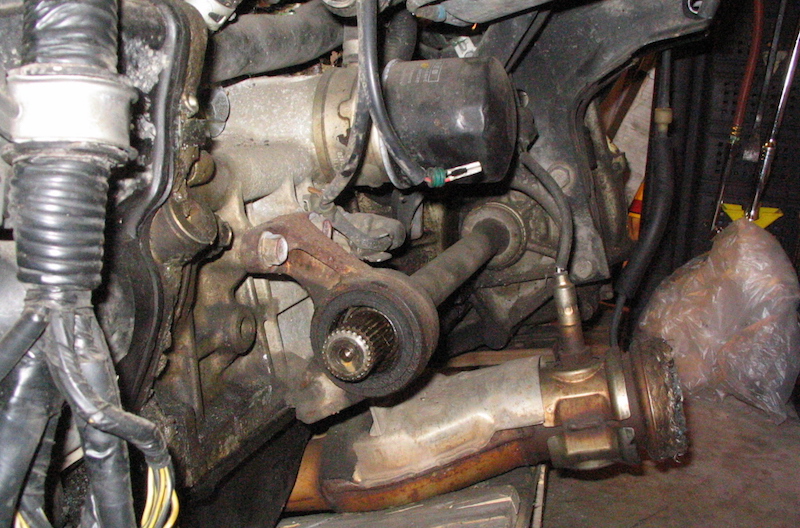You might know that an illuminated Check Engine Light (CEL) means that there's a sensor on your engine or drivetrain that has registered a condition that's outside of normal spec. That signal is stored in the powertrain control module (PCM) as a trouble code, illuminating the dashboard CEL. When the trouble code is stored, it's a simple matter for you or a technician to connect a code reader device to the diagnostic port on the vehicle (usually under-dash on the driver's side) and access the codes to begin troubleshooting.
The OBD-II system of diagnostic codes and protocols was adopted across all makes and models in the mid '90s. It makes diagnosis and troubleshooting a lot simpler by taking the guesswork out of it, but it's also necessary for a tech to be able to read the tea leaves and interpret what the codes really might mean, rather than just replacing parts. It can get more complicated when there's a series of trouble codes that all might be caused by the same problem, and it's necessary to narrow down the real cause.
Note: Code scanning is one of the free services offered at your local Advance Auto Parts store

Trouble Code P0171: What it Means
Ideally, every combustion engine runs best with an air-fuel mixture of 14.7 to 1. When that ratio is greater than 14.7 to 1, a lean running condition exists and trouble code P0171 is detected and stored. This could be caused by a vacuum leak that is introducing more air into the fuel system, or possibly a problem with an injector, fuel pump, fuel pressure or even the fuel filter. The PCM can change fuel metering and put more gas into the mix, but when those adjustments are too great, the P0171 code will be triggered.
Symptoms
NOTE: symptoms can vary by year/make/model/drivetrain.
-
Poor fuel economy
-
Rough idle
-
Hard starting
-
Lack of power
-
Illuminated CEL
-
Coughing, misfiring, hesitation
What Happens If I Ignore It?
A lean condition can cause overheating and pre-ignition, which can lead to serious internal engine damage.
Possible Causes
-
Dirty, defective or clogged mass airflow sensor
-
Vacuum leak from intake manifold gasket, vacuum line, PCV hoses
-
Weak fuel pump
-
Clogged or dirty injector(s)
-
Exhaust leak
-
Failing O2 sensor
-
Faulty air/fuel ratio sensor
This is a code with many possible root causes. Approaching this type of code requires a cool, clear head and logical thinking. Start with components that are easy to inspect and test first, such as vacuum lines and the mass air flow sensor. Avoid guesses, and reach out to a qualified local technician if necessary.
Have you ever come across this code? Let us know in the comments.








